Rev. Robert Schuller asks, “What would you do if you knew you could not fail?” It’s one of my favorite quotes.
I’ve often asked myself this question. When I found my confidence lacking, when a project got stalled because I didn’t know what to do next, or when I was faced with a major career decision, I would stop and think about the “best case scenario” and it helped me move forward.
I think it’s because of the word “if”. “What would do if. . .” is a hypothetical question. We can answer it because we’re not promising anything, we’re speculating. The question allows us to bypass our critical mind and find the answers.
We may still have fears and doubts but now we know what we would do if we didn’t.
If you are procrastinating on updating your web site, imagine that in 90 days that web site is bringing you four or five or ten new clients a month. If God Himself whispered in your ear and told you that your web site will be massively successful, what would you do today?
You’d make a list of tasks that need to be done and you’d start working on them, wouldn’t you? If you don’t know what those tasks might be, your first task would be to find someone who does know and ask them what to do.
If you knew for certain that things would work out exactly the way you wanted (or better), what would you attempt? If you knew that your project would be a success, what would you do today to move it forward?
Whatever it is that you would do if you knew you could not fail, that’s what you should do.
“What if it doesn’t work?” you ask.
“What if it does?”
If you’re already earning as much as you want, you don’t need to read this

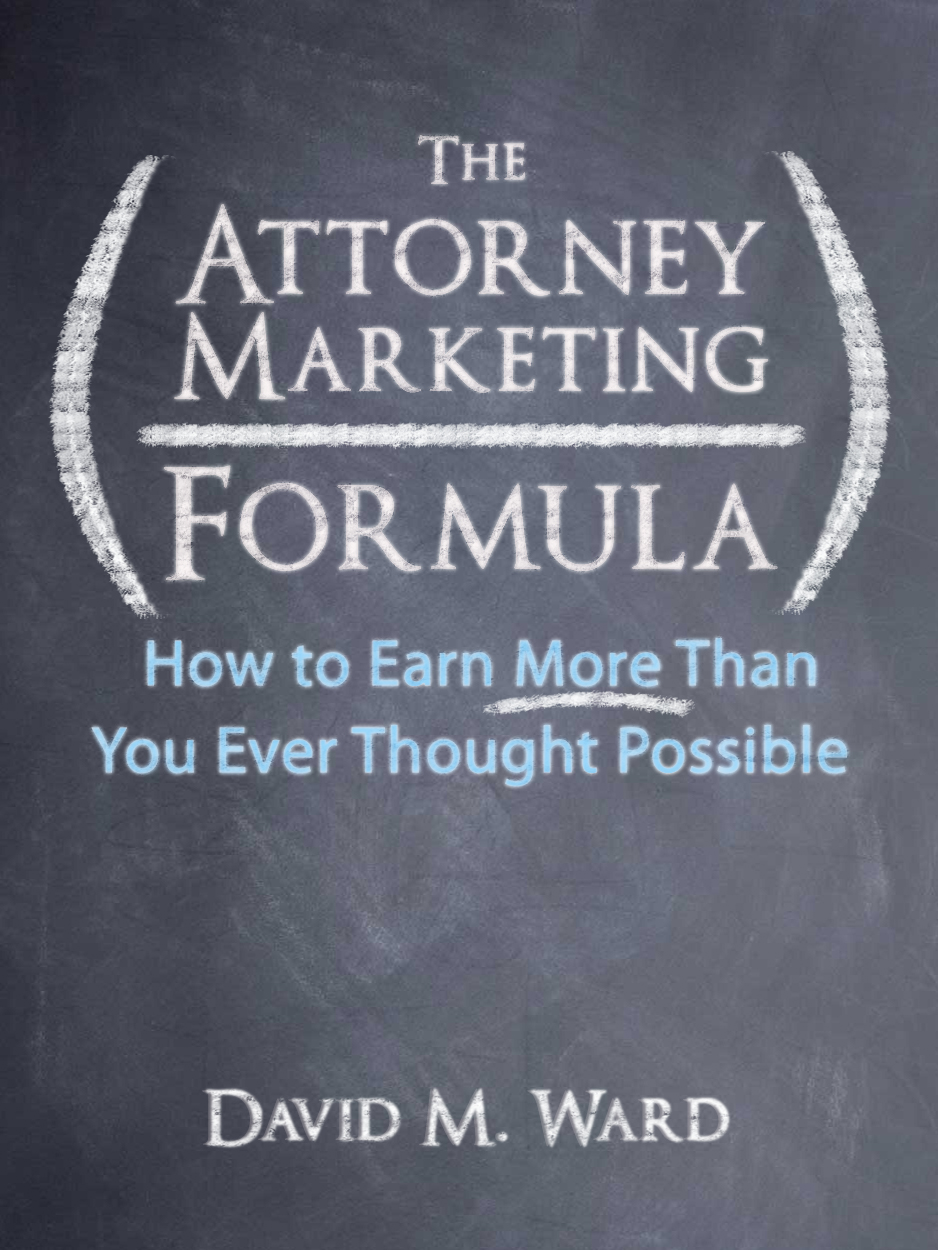
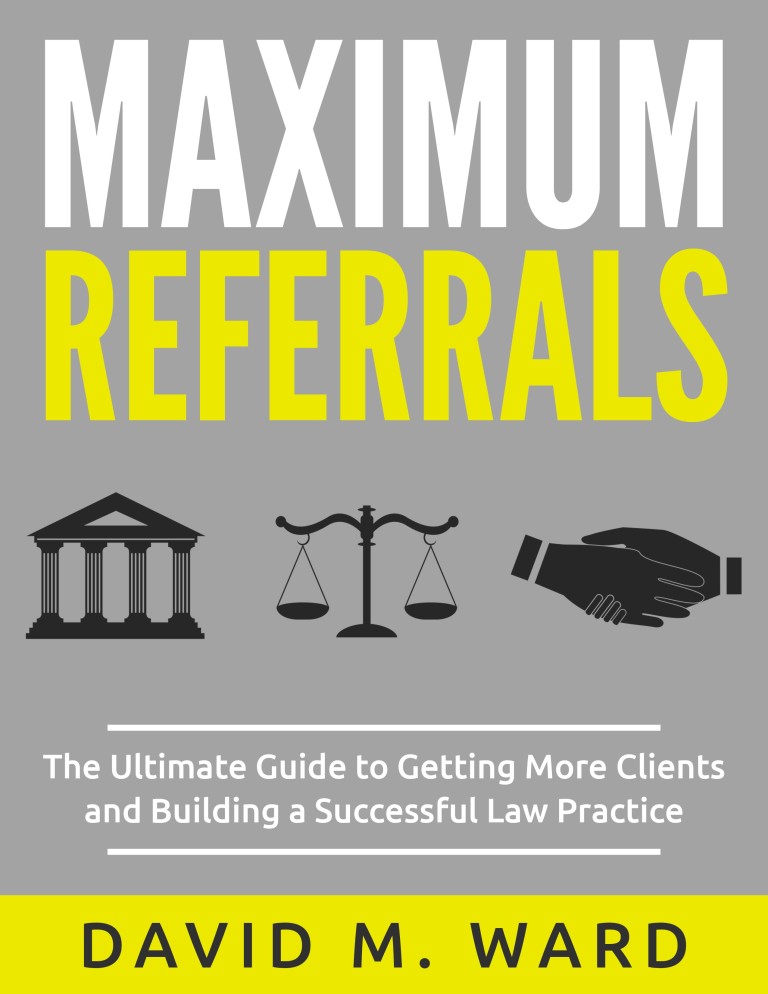
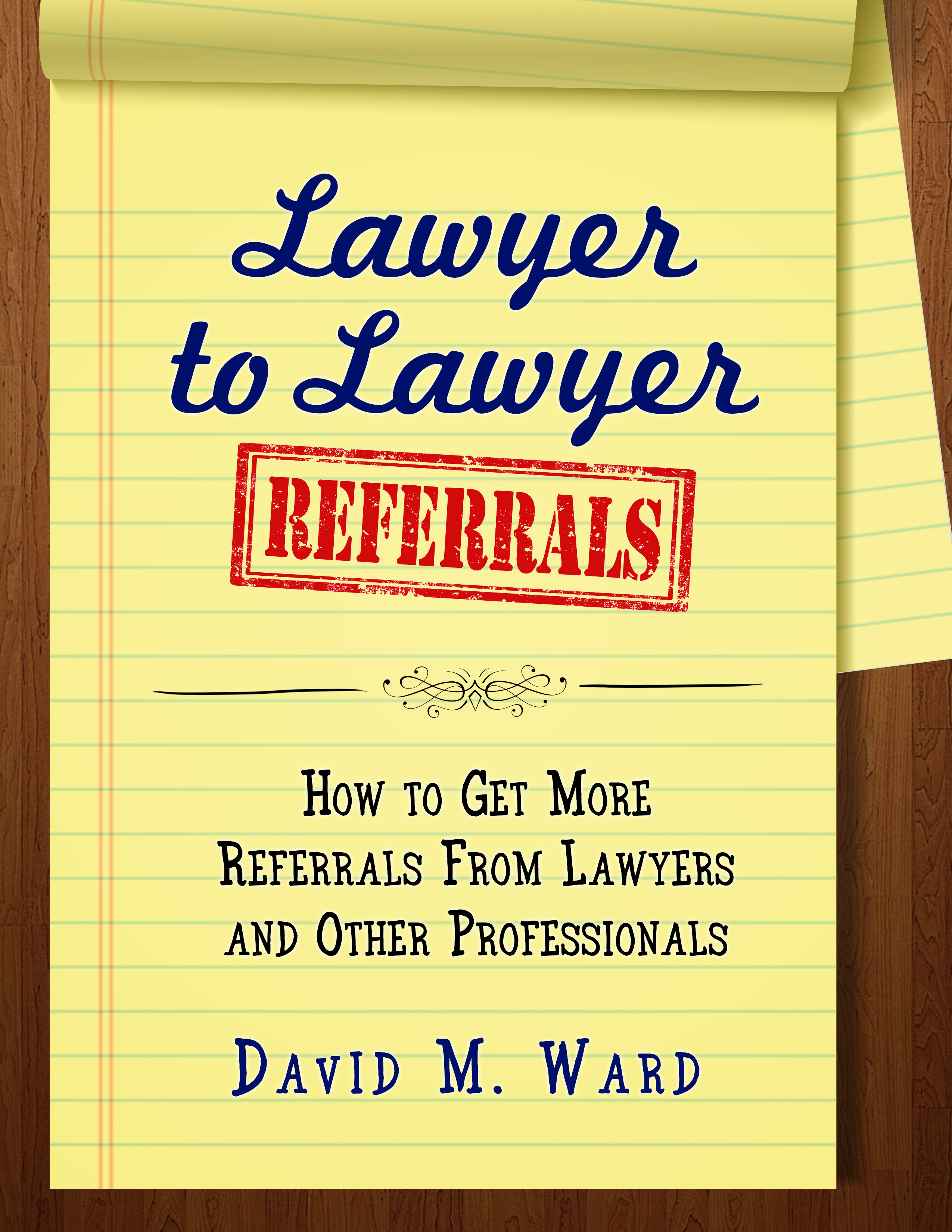
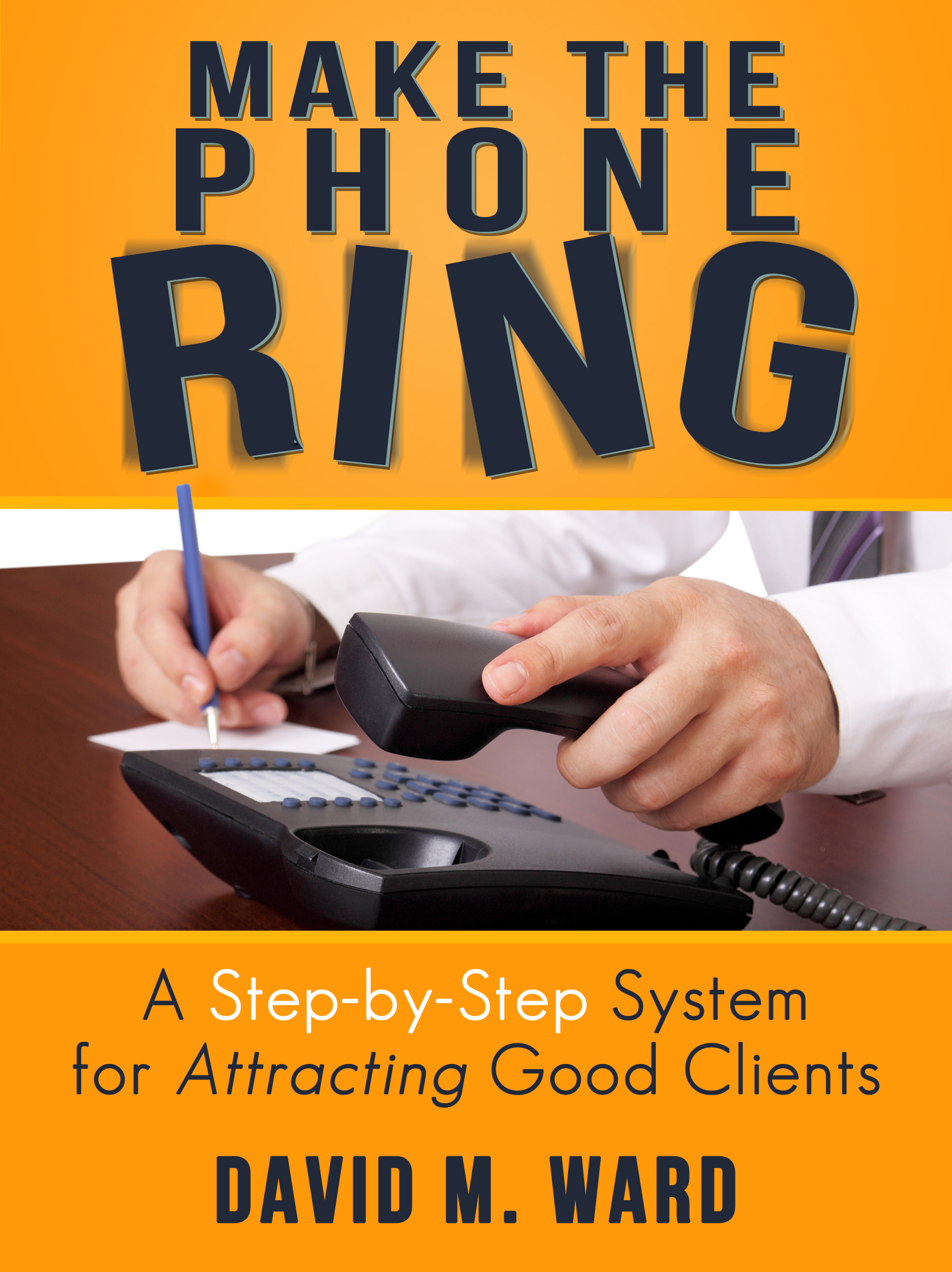
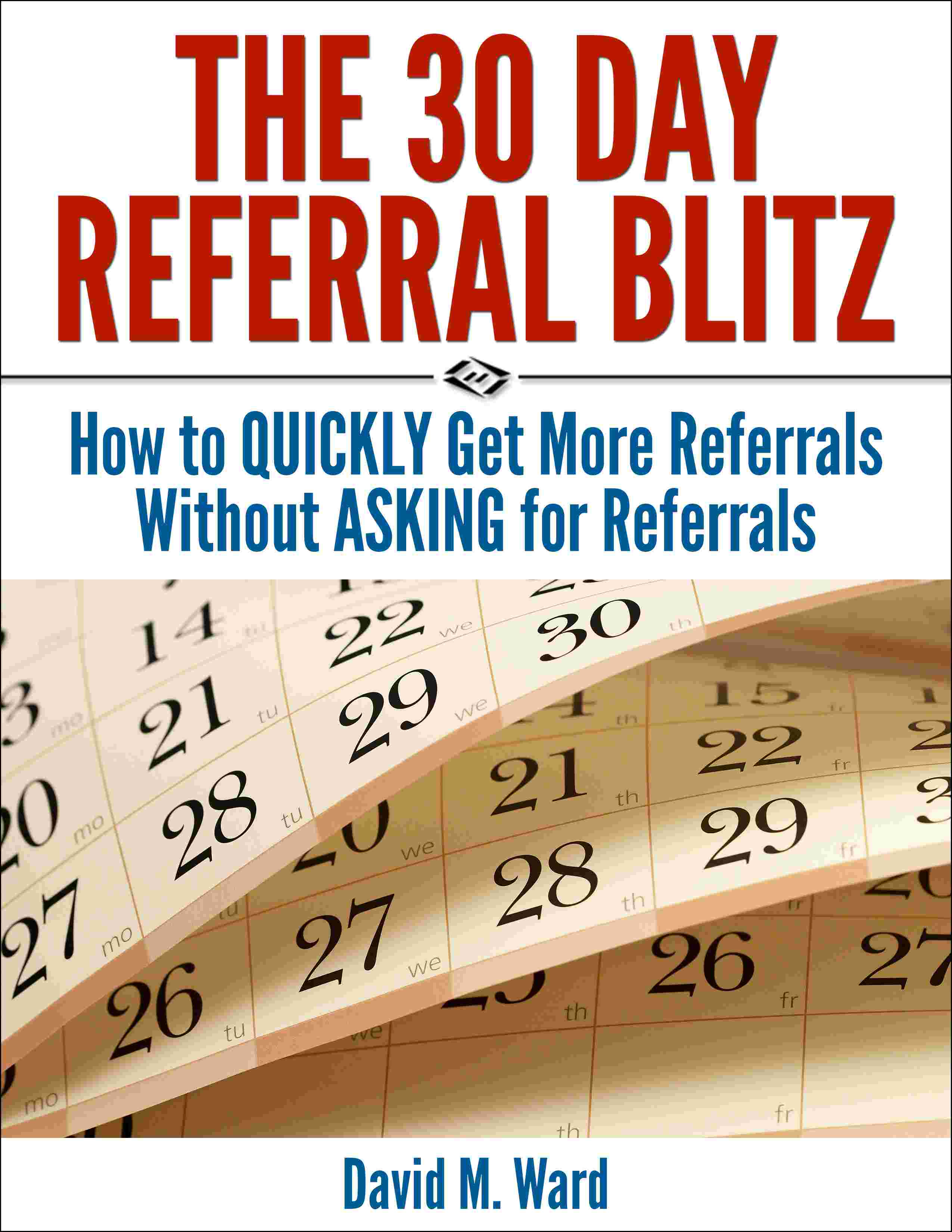
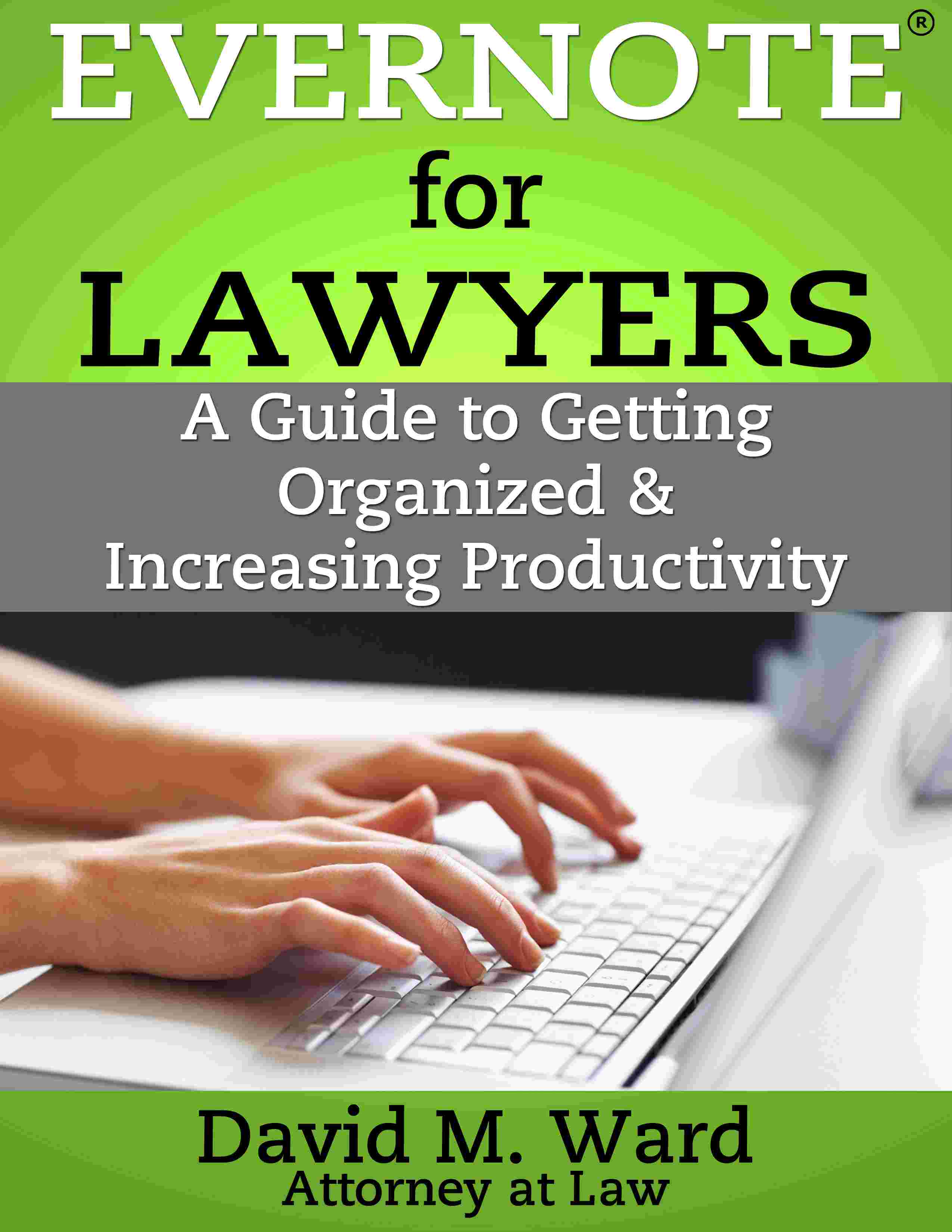
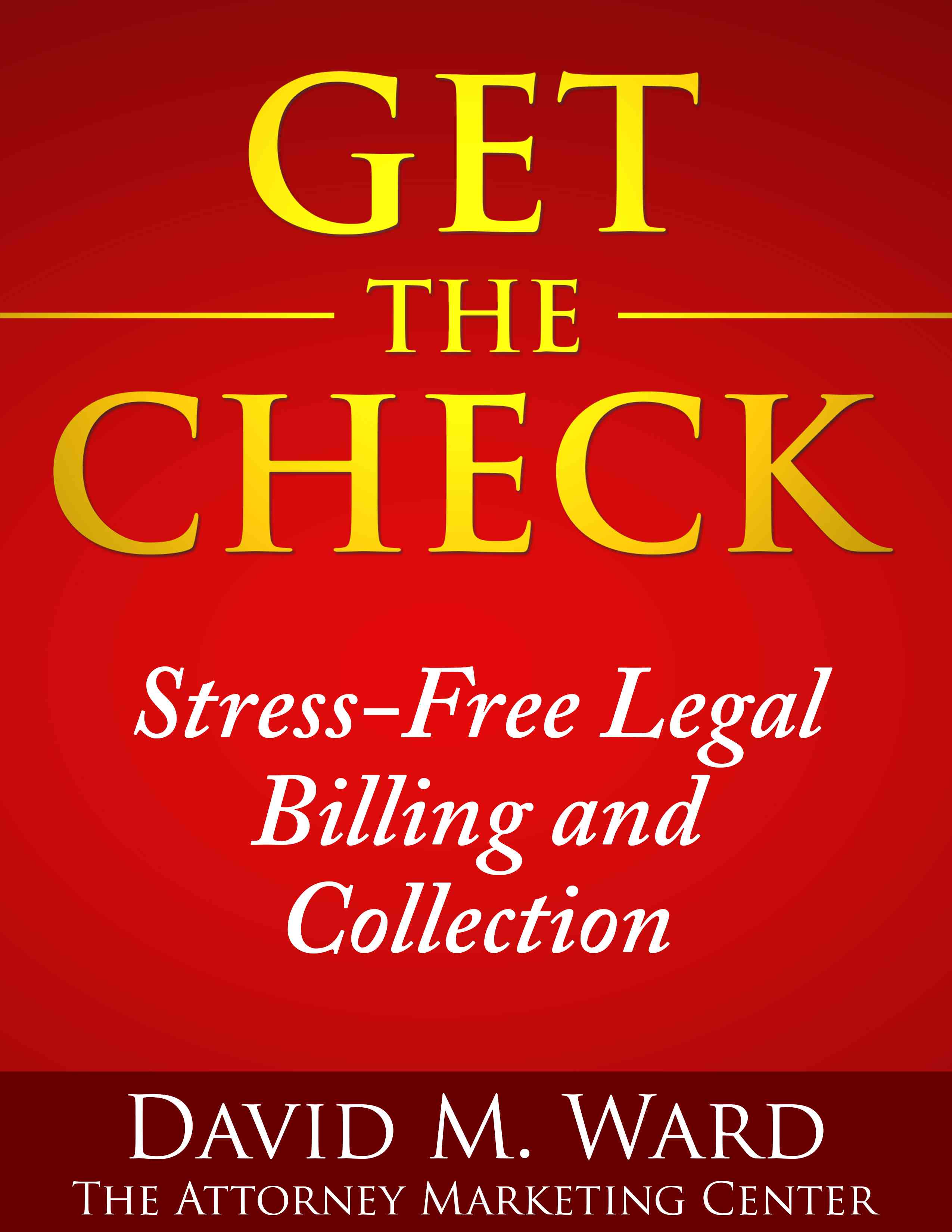
Eight ways to use audio recording apps for marketing
I was reading some of the reviews for Dictamus, the dictation app I use on my iphone. Many lawyers and physicians extol its virtues, saying things like, “best on the market, ” “replaced my 0 dictation equipment,”and “I use it every single day.”
I don’t dictate to a secretary these days, but I do dictate to myself. My phone is always with me so it’s very convenient to capture notes or ideas on the fly. I also dictate entire articles, letters, and other longer documents, using Dictamus’ “insert” function to insert new thoughts into the middle of already recorded sentences. Yep, just like  the old cassette and belt dictation machines I used to use.
Anyway, I started thinking about how audio recording apps (any app will do) can be used for marketing. In addition to the obvious use of recording ideas for articles, people to call, things to do, and dictating complete articles, emails, and letters, here’s what I came up with:
Do use audio recording apps (or digital recorders) for marketing in your practice? What do you do? Which apps do you use? Please add to the comments.
Want more marketing ideas? Of course you do. Click here.